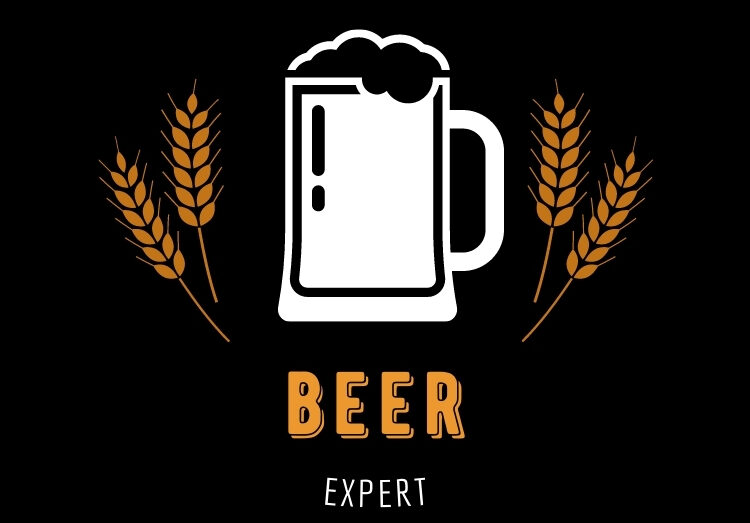Although consists primarily of hops, barley, water and yeast it is possible to brew a wide variety of alternatives by simply changing the quantities, or adding simple additional ingredients, such as herbs, sugars and spices. There are several well known variations on the basic beer recipe, including wheat beer (which includes a significant proportion of wheat), white beer (which is brewed containing a special blend of spices, called gruut) and wheat beers blended with fruit called ‘Grand Cru’ beers.
For the novice home brewer, it should suffice to start experimenting with a simple beer base, from which various natural flavours can be added. By experimenting in this way you will eventually find your ideal home brew – one which, hopefully, will be a real challenger to the prize-winners that you enjoy (and pay dearly for!) at your local pub.
The Five Gallon Mix
Beer is traditionally brewed (if on a small scale) in five gallon recipes, the measurements of which are normally given in Imperial quantities.
This is a typical recipe for a Pale Ale:
‘Don’t Tell the Missus Homebrew’ Light Ale
It is always good to have a name for your Ale from the outset. There is an old business maxim: ‘If you have a problem, give it a name, and it’ll go away.’ Brewing can be difficult in the early days, so give your project a name – the dafter the better!
Recipe for 5 gallons
5 gallons is the standard quantity for home brewing, don’t let it put you off. If you have trouble with Imperial measurements, simply use an online calculator, or buy a set of imperial/metric scales for conversion. To make a smaller brew, simply reduce all of the quantities proportionately.
Fermentable materials: The following malts can be found easily from specialist home brew suppliers, locally or online..
- 11 pounds 2-row pale malt
- 1 pound crystal malt
- 1/2 pound cara-pils malt
- 1/2 pound light brown sugar
Hops
Similarly, hops can be found from specialist suppliers.
- 2 ounces Fuggles hops, in boil 75 minutes
- 1 ounce Fuggles hops, in boil 30 minutes
- 1.5 ounce Kent Goldings, steep 5 minutes
Yeast 1098 British ale yeast
The number refers to a particular type of yeast, ideal for brewing pale ale.
Brew the above ingredients in the manner described in ‘How to Brew Beer’. A good book, or advice from a friend or expert is helpful in the beginner stages of brewing.
Once you have a good base recipe, you are ready to experiment with different yeast and hop types. Whilst altering the hops will have a significant effect on your beer – varying it from a light ale to a dark ale or stout), the type of yeast can dramatically effect the ‘tartness’ or bitterness of the beer.
Ingredients to consider adding include maple syrup, for a sweet and well rounded bitter, fruits and honey. Whilst these are common additives, it must be noted that almost anything (edible) can plausibly be added to beer (though please don’t try meats, or frozen ready made meals!), including chocolate, flower petals and aromatic plants such as lavender. Ultimately, experimentation is the key to expanding upon your brewing repertoire, and whilst you may make some false starts, mistakes can only lead to an enhanced knowledge and awareness of techniques.
As with cooking, it is best to stick with combinations that appeal to instincts: For example, honey would appear to go well with a light ale, whilst chocolate seems like it should go with darker ales. We know this not only from experience of drinking such beers, but also as a result of the taste awareness that we have built up over the years. When considering what might make a good additive to your brew stop when alarm bells start ringing: For example, whilst beer goes well with a curry, but pay good heed to the common sense which dictates that half a packet of vindaloo powder will not enhance the flavour of your homebrewed stout!
